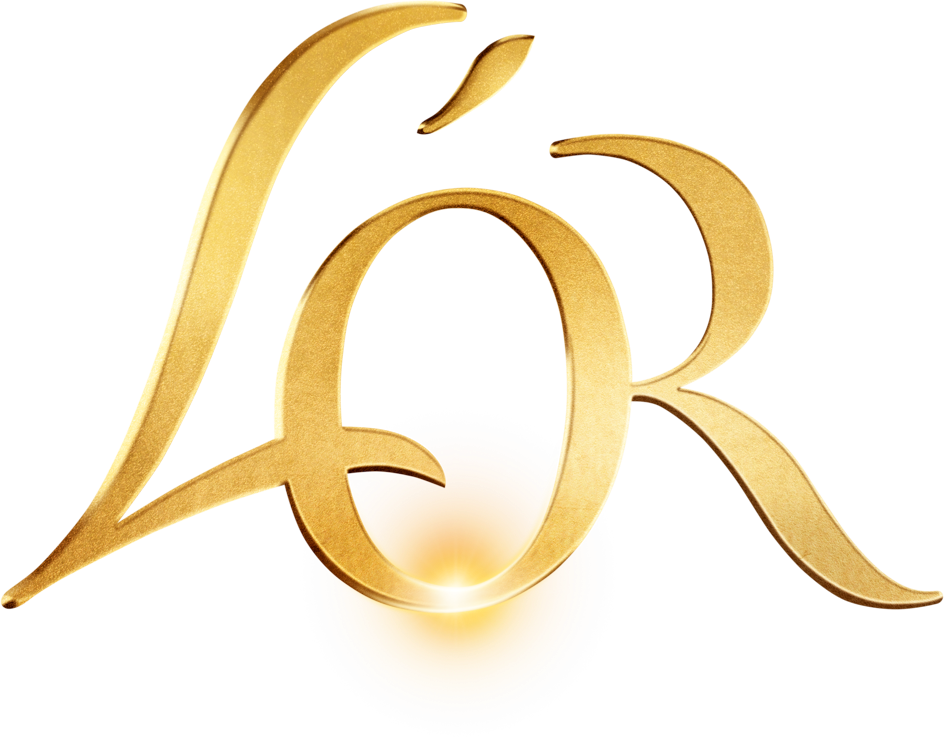What’s the difference between a latte, cappuccino and a flat white?
Coffee will always remain a topic of conversation. A lot of changes were done in classical coffee methods, from brewing coffee till technique and the aesthetics behind the whole experience of coffee. One of the most striking changes is the emergence of a lot of new coffee drinks. The golden combination is still coffee and milk. But what are the differences between these popular coffee drinks with milk?
Let’s start at the base of these three coffee drinks: latte, cappuccino and flat white. All three are made with a strong shot of espresso. Then different amounts of steamed or frothed milk are added. And the origins? The cappuccino comes from Italy. The latte has a different name in different countries, but the commercial caffè latte is an American invention. Opinions remain divided on the origin of the flat white; is it New Zealand or Australia? One thing is sure: somewhere in the Pacific. We would like to explain the differences between these espressos with milk, so that it’s clear for you what to order or to make.
Latte
Ratio milk and coffee: 1/3 espresso: double shot, 2/3 steamed milk (170 – 225 ml), 1 cm foam.
How to serve? In a cup/glass of 240 ml
Origin? America
Loading
What's a latte?
A latte, or also called a caffè latte, is the big brother of the cappuccino, where everything revolves around the soft, silky foam. Usually the latte is made with a single or double shot of espresso (1/3 of your drink) and 2/3 of your drink is steamed milk with a small layer (around 1 cm) of frothed milk. The texture of a latte is very important and gives that lit bit of extra to the beautiful appearance of this drink.
How do you make your own latte?
To make a latte at home, all you need is espresso and frothed milk. You need to layer the espresso and the frothed milk. Because latte only has a small layer of milk foam, you should pour the liquid, steamed milk on the espresso, while holding a spoon to prevent the frothed milk from being mixed. Once ready, add the milk foam (around 1 cm). When you get more experienced, try creating latte art like a true barista.
What's a cappuccino?
A cappuccino contains equal parts of espresso, steamed and milk froth. The coffee cup for a cappuccino is smaller than a latte cup, usually between 150 and 180 ml. The size of your cup is very important to get the right flavour balance between your espresso and the right amount of milk.
The foam of a cappuccino and be dry or velvety. Dry foam has large, airy bubbles and lots of volume, while with velvety foam (or micro foam) the bubbles are barely visible.
But how do you make a cappuccino yourself?
If you do not make your cappuccino yourself (very understandable) and have it prepared by a professional barista, you will see that he or she will pour 1/3 of steamed milk at the bottom of your cup. Then the espresso is carefully poured in and then the milk froth will be put on top with a spoon. This creates the right layering in taste and textures. But how do you make this at home without the barista around the corner with your own coffee machine? Then the order will probably be a bit different from the barista’s and you will start with espresso, then pour the steamed milk in the cup and finish with the milk froth. Tip: make your partner the perfect barista with the perfect L’OR espresso.
What's a flat white?
In most cafés and coffee bars a flat white is in fact a small latte with a little less milk. Just like a caffè latte, you use a double shot of espresso. Flat whites are served in two ways: with very little to no foam or with a lot of foam. The foam is rarely dry and is usually velvety with few bubbles in the foam; it’s a mix of frothed foam and liquid steamed milk. The flat white is an all-time favourite of coffee drinkers who prefer a stronger espresso flavour. The milk in a flat white contributes or improves the taste of the drink, while espresso still dominates in the mouth.
How to make a flat white?
Prepare an espresso and pour the steamed milk into your cup. The proportions are about: 1/3 espresso and 2/3 milk. The steamed milk must have a micro foam layer, but must not have a stiff foam layer like you use for a latte or cappuccino. Many baristas claim that a flat white has a stronger taste than a cappuccino because of a perfect blend of milk and espresso. Others indicate that a cappuccino is the best drink to perfectly combine milk with espresso. For some it is only the differences between the servings in different cups. Perhaps you should try them both to choose your favourite and taste the difference.
What's a latte macchiato?
Last but not least: the latte macchiato. Known for its' three distinctive layers of milk, espresso and milk foam, the latte macchiato is loved in many countries. The difference between a latte macchiato and a latte is the order of pouring the coffee into your cup or glass. With a latte macchiato you first steam your milk and then you add the espresso to the milk. With a latte you will add the milk to your coffee.
I want to subscribe to the newsletter
Take advantage of a 30% discount* on your next order
